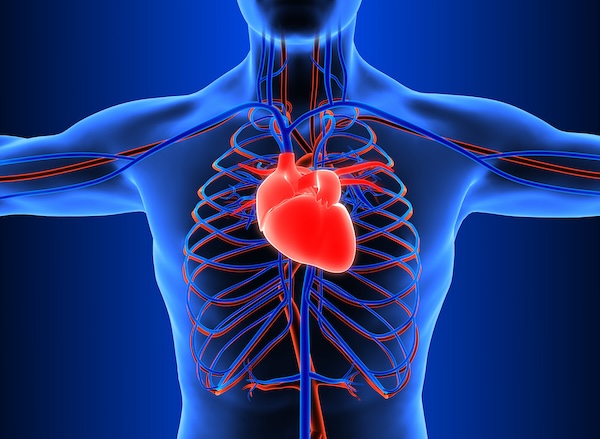 Exercise is good for you. We know this. It decreases stress; improves mobility and endurance; lowers your risk of diabetes, hypertension, and cancer; and helps with weight loss. But does it help slow aging? The answer seems to be yes.
Exercise is good for you. We know this. It decreases stress; improves mobility and endurance; lowers your risk of diabetes, hypertension, and cancer; and helps with weight loss. But does it help slow aging? The answer seems to be yes.
This was a study published in Preventive Medicine July 2017 entitled, “Physical activity and telomere length in U.S. men and women: An NHANES investigation.” They looked at 5,823 adults from the National Health and Nutrition Examination Survey.
- They looked at the quantitative polymerase chain reaction method to determine the telomere length of leukocytes.
- Physical activity was indexed using self-reported frequency, intensity, and duration of participation in 62 physical activities.
What did they find?
- Telomeres shortened 15.6 base pairs for each year of chronological age.
- Physical activity was inversely related to telomere length after adjusting for covariables.
- Telomere base differences between adults with high activity were 140, with moderate at 137 and low at 111.
- Adults with high activity were estimated to have a biologic aging advantage of NINE years (140 divided by 15.6) over sedentary adults.
- There was meaningful differences between high and low activity of 8.8 years and high vs. moderate activity of 7.1 years.
Conclusion?
High activity has a measurable, tangible effect on aging.
The information provided on this website is for general informational purposes only and does not constitute medical advice, diagnosis, or treatment. Always seek the advice of a qualified healthcare provider for any questions regarding your health or medical condition.

